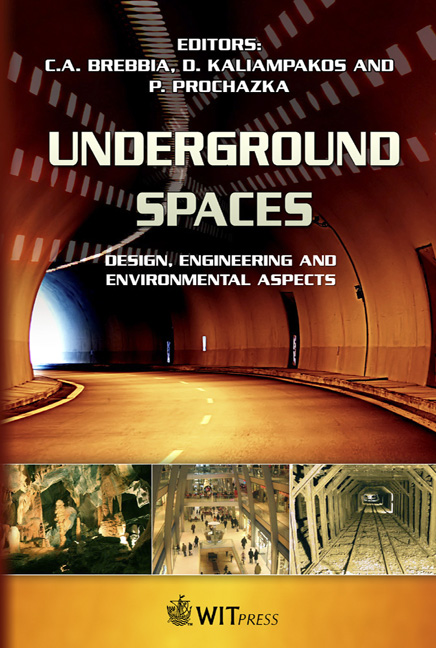Management Of Complex Underground Construction Projects
Price
Free (open access)
Transaction
Volume
102
Pages
10
Page Range
53 - 62
Published
2008
Size
266 kb
Paper DOI
10.2495/US080061
Copyright
WIT Press
Author(s)
M. Leijten
Abstract
The complexity of underground projects confronts many project clients with serious manageability problems. This complexity is the basis for this article, which analyzes the considerations that should be made when setting up a project organization in order to keep the process of implementation manageable. Project organization is analyzed closely, with a focus on the interface between project managers and functional managers and the information asymmetry between them. Some real-life examples will show that dealing with uncertainty and thereby increasing manageability are seldom accomplished by increasing available information, but rather by reconsidering the project organization. Keywords: project management, multi-actor systems, information processing. 1 Introduction Underground construction projects, particularly those in urban areas, ostensibly experience more significant problems than other infrastructure engineering projects. In many underground projects, technology is more challenging than in other infrastructure projects, increasing the chance of failure. Moreover, in underground projects the consequence of eventual failure is often more profound than in other projects, increasing the overall consequences of failure. As a result, underground projects have a reputation for being risky because they are susceptible to implementation problems. Society’s growing demand for space, however, makes us heavily dependent on underground space to satisfy contemporary spatial claims.
Keywords
project management, multi-actor systems, information processing.





